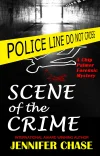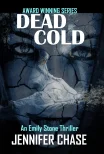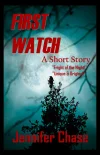Understanding and interpreting a crime scene is much like a three-dimensional puzzle, generally with more questions than answers. However, the exigent circumstances are that the investigator needs to come up with some answers immediately and hopefully the name and whereabouts of the perpetrator. This is most crucial during a homicide investigation when there’s a killer on the loose.
Basically, the crime scene in the preliminary investigative stage is divided into four categories: evidence, witness(es), suspect(s), and crime theory. After the carefully orchestrated crime scene investigation is completed, the investigator or forensic examiner must begin the task of putting the pieces together in order to tell the story of what happened and why.
Discussion should be open to and remedied in regard to the observer effects and forensic examiner bias when it comes to interpreting crime scene evidence.
An observer effect is basically when the results of evidence at a crime scene are distorted due to the mental state of the examiner. This can happen when a particular examiner is influenced by expectation and desires. This can have an effect on the law enforcement and prosecution objectives to the investigation.
Evidence is interpreted based on the experience of the examiner. This is can be a potential problem. Forensic examiners must confront ambiguity and subjectivity of the evidence. It sounds simple enough, but can prove to be a challenge for anyone.
There have been some great recommendations to curb the observer effects when interpreting crime scene evidence. It’s basically a checks and balances approach. First, being aware of the potential for bias. It’s also important to filter the irrelevant information, such as the victim and witness’s statements and backgrounds, investigative and attorney theories, results of the forensic examination, and the type of offense that was committed. Another helpful tactic would be to restructure the crime lab to have different personnel perform the various duties of response, assistance, evidence examination, and crime scene reconstruction.
Undoubtedly, working any crime scene is demanding, challenging, and difficult. There are so many things that incorporate into this working condition. I respect all those hard working individuals who take this challenge every day.
* * *
Blog: www.authorjenniferchase.com/
Website: www.jenniferchase.vpweb.com/
Crime Watch Blog: www.emilystonecrimewatch.wordpress.com/
Book & Crime Talk: www.blogtalkradio.com/jennifer-chase/
Books: Compulsion = Dead Game = Silent Partner = Screenwriting




































Another terrific and informative post. I look forward to reading them when I see them in my email box.
LikeLike
Thank you so much Carolyn 🙂 I’m glad that you enjoy my posts.
LikeLike